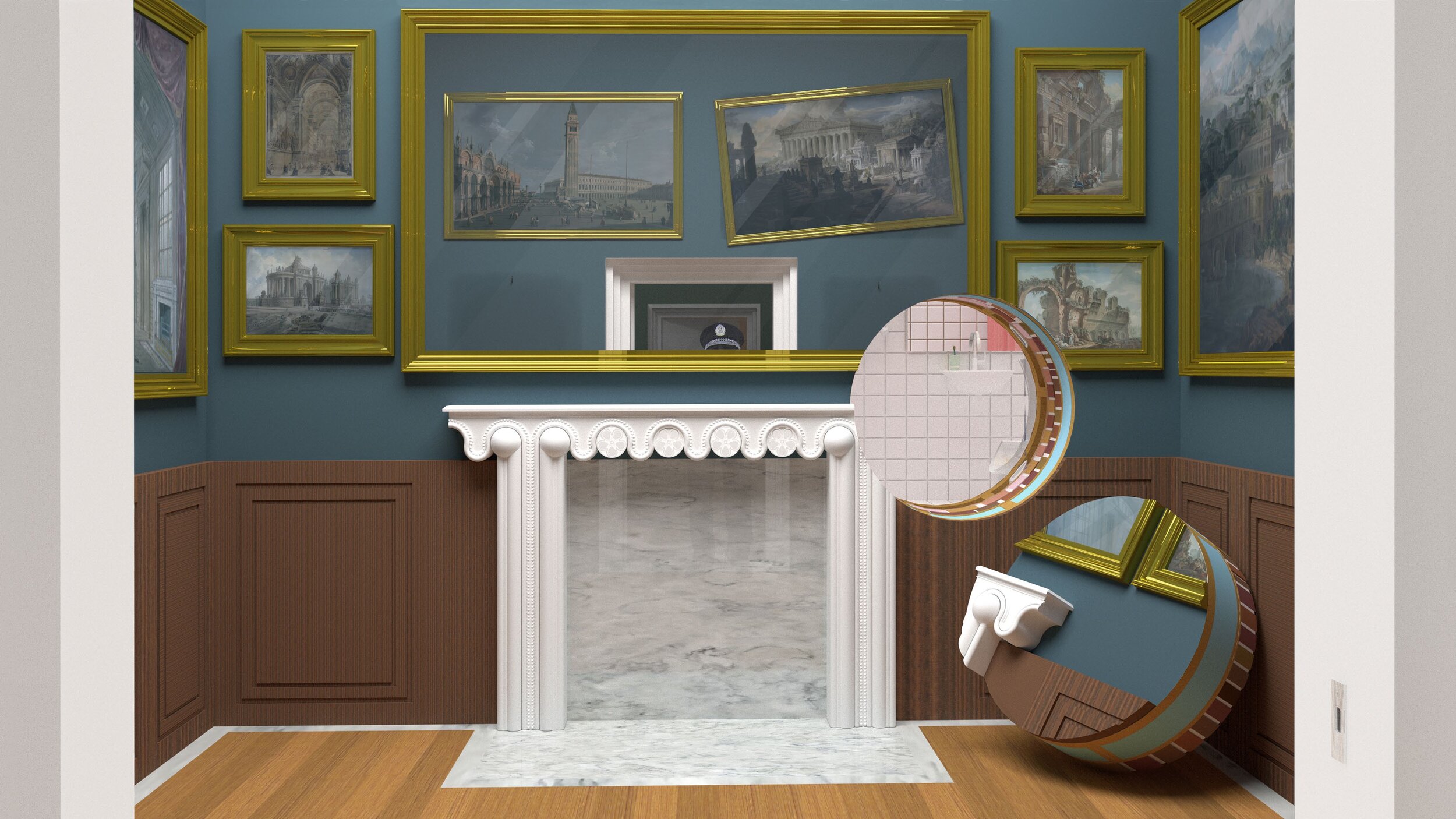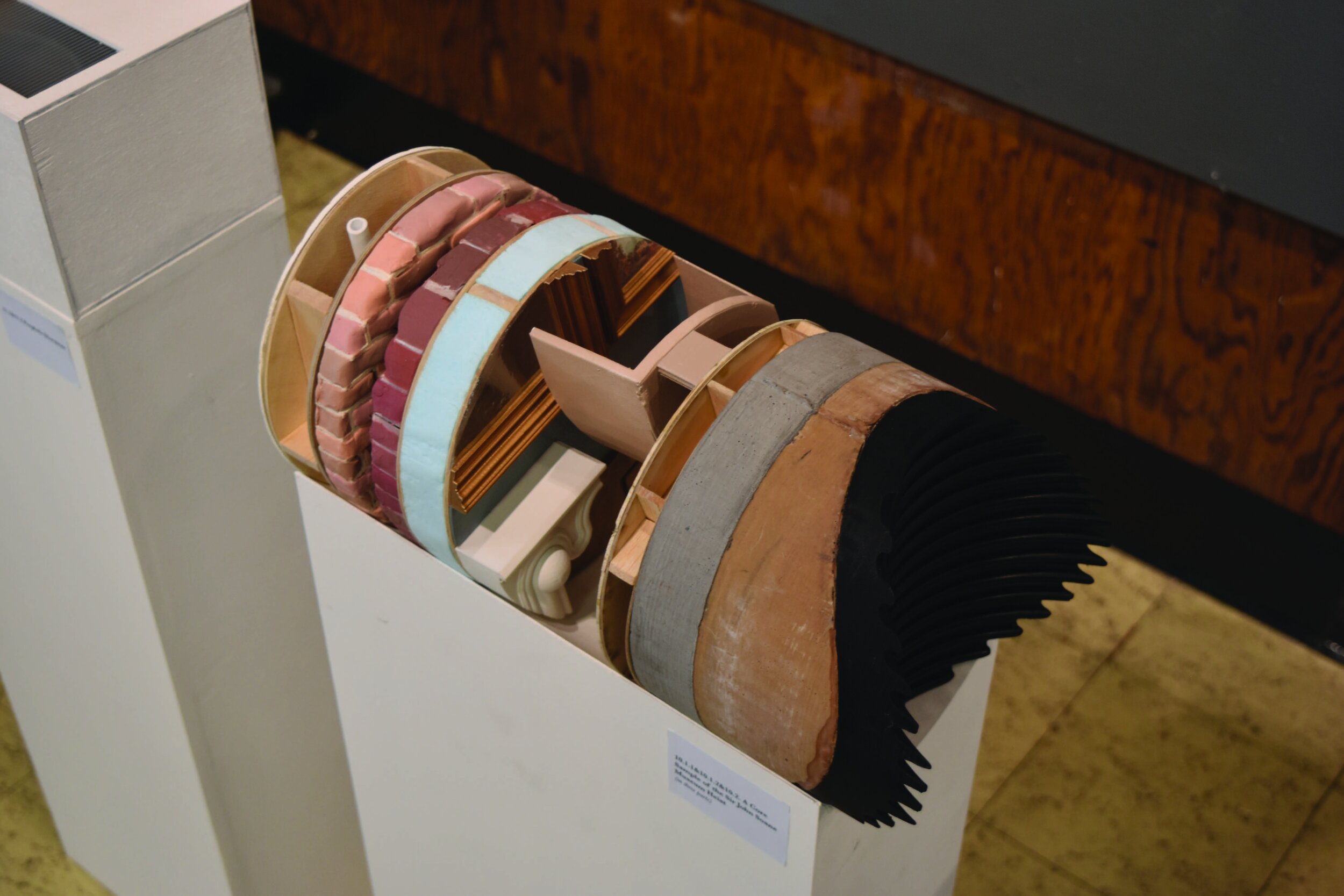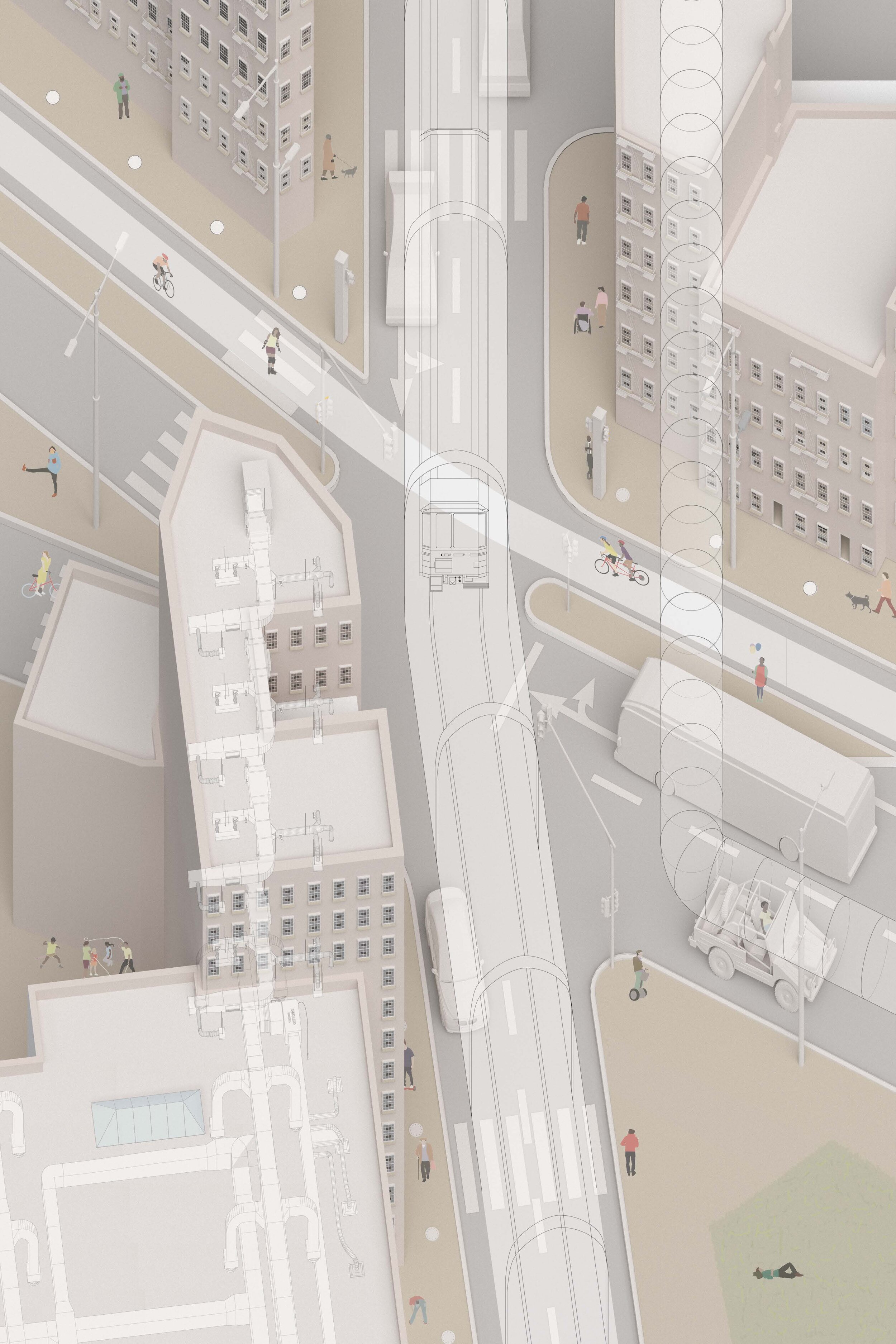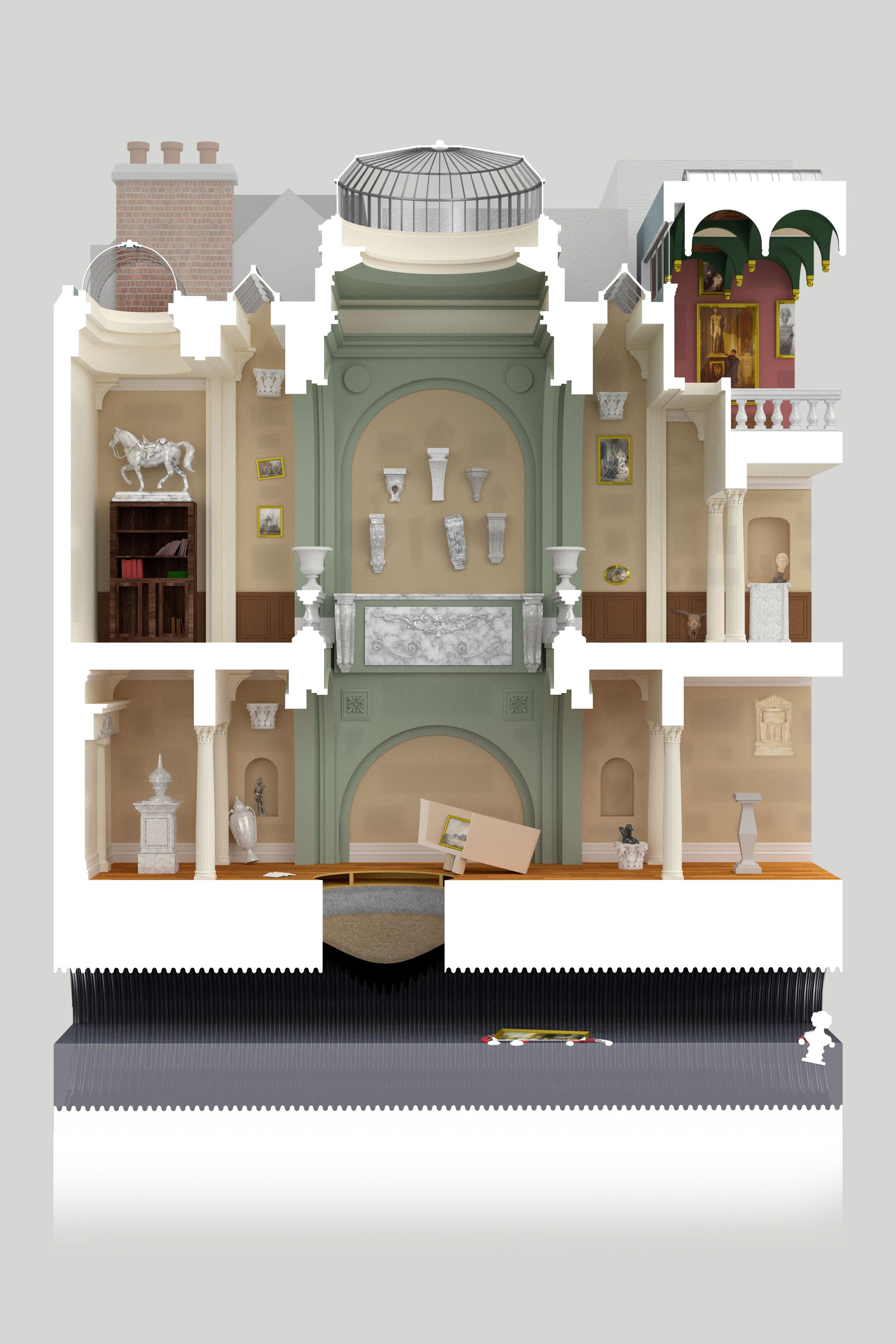Little Worlds:
The Miniature and (Architectural) Problems of Scale
Undergraduate 100D Option Studio, Spring 2019
University of California, Berkeley
There are no miniatures in nature; the miniature is a cultural product, the product of an eye performing certain operations, manipulating, and attending in certain ways to, the physical world.
Susan Stewart, On Longing; Narratives of the Miniature, the Gigantic, the Souvenir, the Collection.
As architects we work “at scale” - we draw and model abstractions that require scalar translation, zooming in and out on our screens. What if there were no expectation that these images would become something larger (or smaller)? What if they did not expect change?
We will be thinking about purposely short or curtailed things generally: short stories, short films, highlight reels, Cliff’s Notes, Netflix synopses, architectural installations and exhibitions. We will be talking about miniatures as conceptual end points rather than as models for future full-scale projects, and what opportunities that opens up for architecture. We will collectively wonder what scale is the best scale. We will periodically think about gigantic things.
We will be visiting lots of great collections and amassing miniatures of our own. We will visit toys and models in the Environmental Design Archives, miniature books at the Bancroft Library, and other notable collections of small things around the Bay Area. We will look at the way miniatures are housed in collections, and what role they play in our own lives as memory aids, keepsakes, and totems.

World After Life - Jade Wu, Levan Li

Lenticular 1 - Ghalia Ammar

Lenticular 2 - Ghalia Ammar

The Art and Crimes of Jane Doe - Ian Erickson, Ryan Shin

Core Samples - The Art and Crimes of Jane Doe - Ian Erickson, Ryan Shin

The Art and Crimes of Jane Doe - Ian Erickson, Ryan Shin

Usable Infrastructure Plan - The Art and Crimes of Jane Doe - Ian Erickson, Ryan Shin

Crime Scene Investigation - The Art and Crimes of Jane Doe - Ian Erickson, Ryan Shin

Operative Section - The Art and Crimes of Jane Doe - Ian Erickson, Ryan Shin
